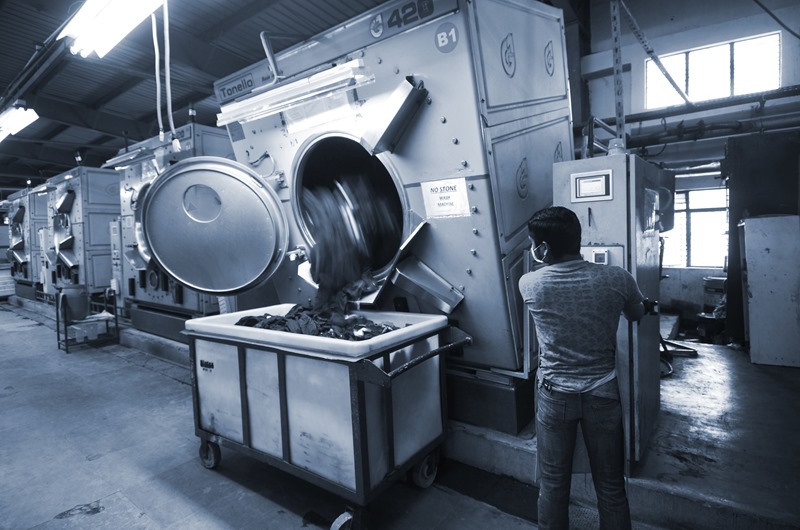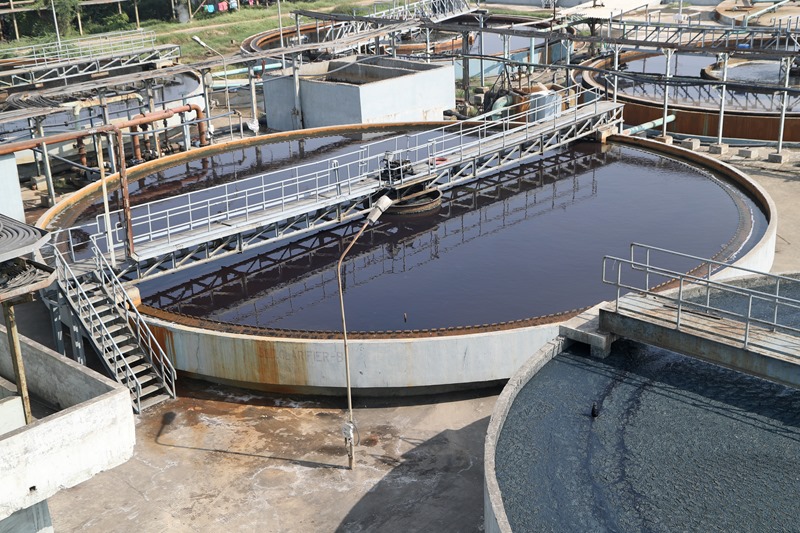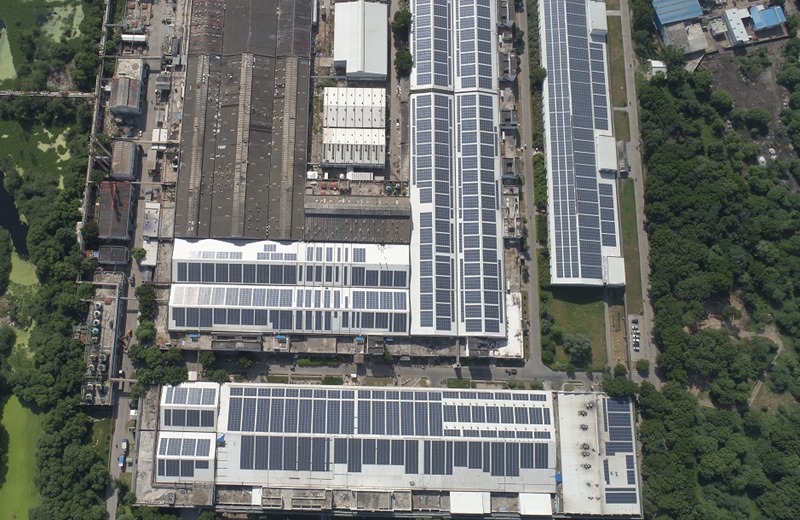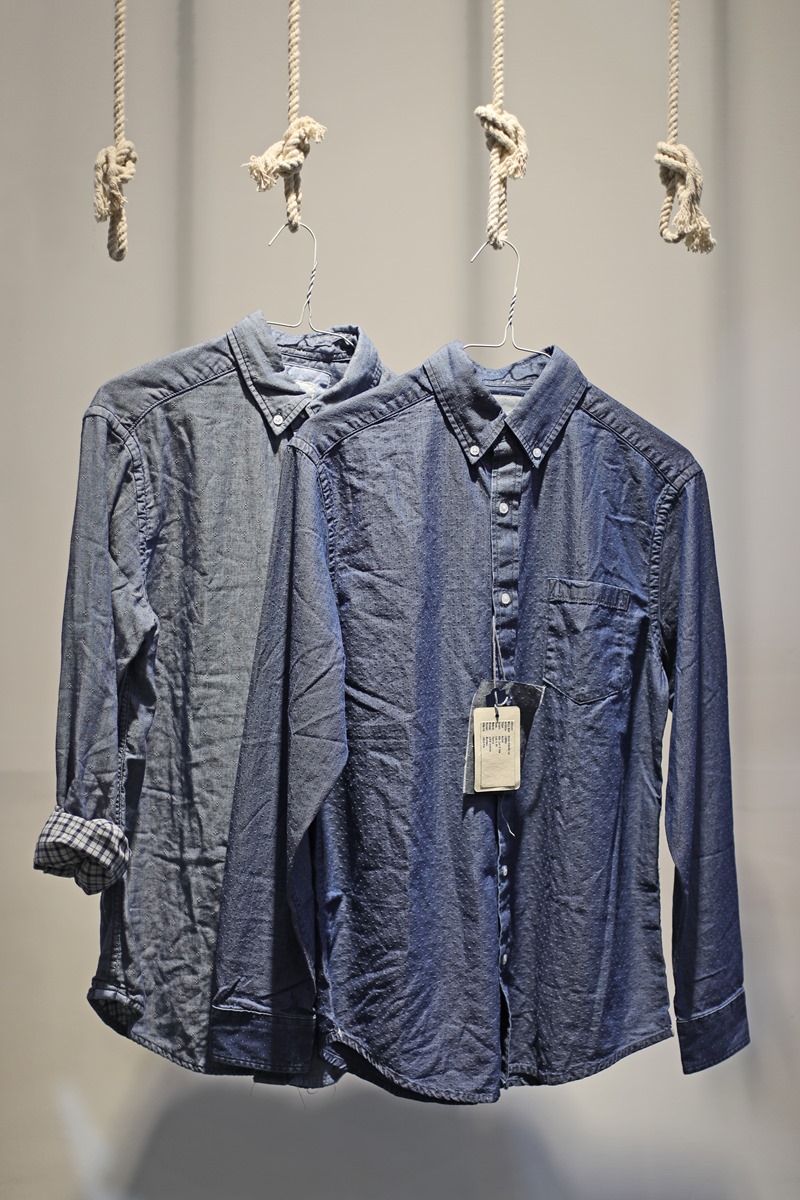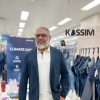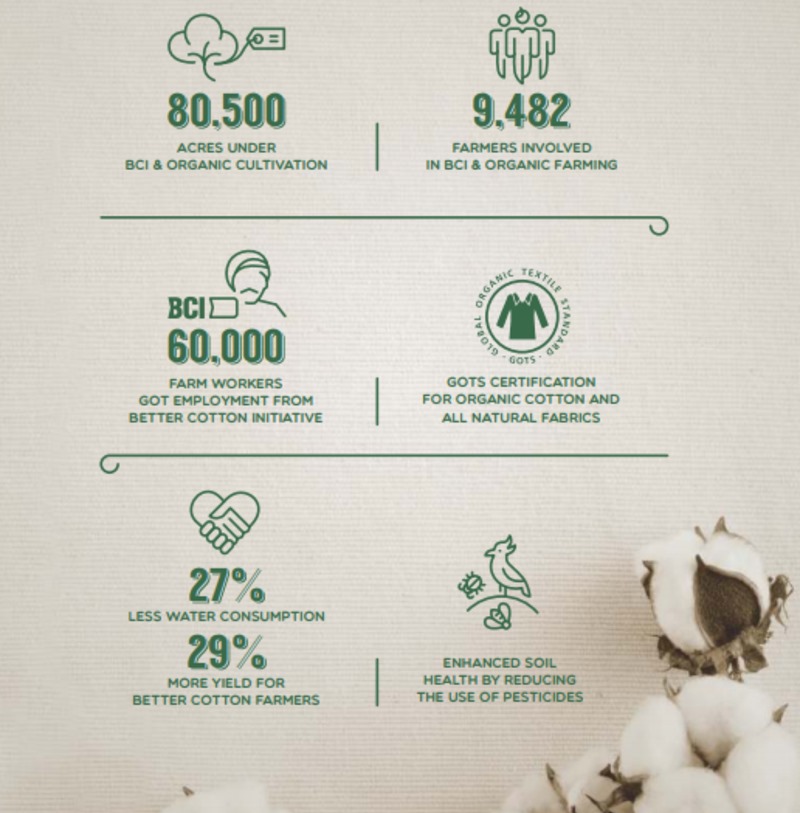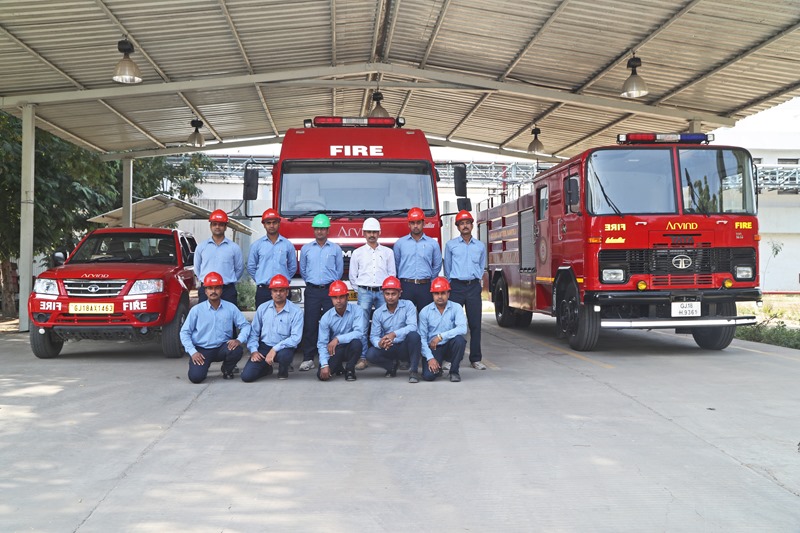
 Arvind is one of the most well known and progressive denim groups globally. Does Arvind also look for leadership position when it comes to sustainability?
Arvind is one of the most well known and progressive denim groups globally. Does Arvind also look for leadership position when it comes to sustainability?
Arvind aspires to be a leader on Sustainability issues not only within textile sector; but we look up for leaders across industrial sectors in each of the sustainability aspect and make those as role models for setting our goals and path forward. However, our focus is on lifting the whole industry up when it comes to sustainable issues. We are never going after exclusivity when it comes to sustainable technologies/projects. We openly share our knowledge and experience through various platform and through our sustainability report. We are also part of various initiatives like Sustainable Apparel Coalition, ZDHC and Apparel impact institute to drive larger industry wide changes.
What are the specific areas where you feel Arvind is better placed to take up sustainability efforts when we consider the eco system in India? Please give us some updates on the results achieved in some of them.
One of our core focus is on removing the dependence of textile on fresh water. It has deep value in the context of water scarcity and water availability scenario. Over the past years, we have removed our dependence on freshwater to extent of 70%. We use 70% of our water from recycled waste water. We are targeting to achieve 90% with-in next two years. We are also investing heavily in promoting sustainable cotton farming and have scaled our farm operations to produce sustainable cotton equivalent to 40% of our production and targeting to increase this by four time by end of 2022.
That’s a great achievement . How did you do it and how does it translate into per meter usage?
The efforts have been on four sides broadly:
-
Reducing water usage in existing machines/operations: This is a combination of strong management systems on how we use water in process plus regular upkeep and maintenance to track any leakages and wastes. This also includes modifications in existing machines which helps reduce; e.g. we made modifications in ropy dyeing machine and are able to reduce water consumption by 70,000 litres per day only from one single machine
-
Reducing water usage by moving to alternate technologies: In garment washing we are heavily promoting the use of no-stone wash machines, ozone machines and laser machines to reduce the usage of water in washing.
-
Developing disruptive technological solutions: Developing, testing and scaling dyeing innovations with several start-ups partners which are helping to completely change the water usage dynamics in denim production. A good example of this is Gaston foam dyeing technology for Denim yarn dyeing. This technology is currently under installation and would help save almost 90% of the water usage in conventional dyeing process.
-
End of pipe water recycling: After all the options for water reduction are exhausted, we implement initiatives for recycling of waste water; which could be either effluent from process of municipal sewage that we buy from local municipalities
If you were to rank various focus areas in sustainability in terms of importance for your company , how would you do that?
We rank water as highest because of this being both local and global issue. Below is ranking of key things that we look at in order of priority:
-
-
Water
-
Health & Safety
-
Renewable Energy, Climate Change
-
Sustainable cotton/raw materials
-
Chemical/Sustainable chemistry
-
Post consumer waste is still not as huge a problem in India as in the western world – perhaps because there is a market for used apparel . Whereas globally only about 1% of apparel is recycled , in India this figure might be higher. Any inputs on how it works in India. Do you see this problem significantly increasing?
In India, on average the per capita consumption of textiles in much lower than west. So in first place it will be safe to assume that we wear garments for longer than average person in US. We also have the practice of passing on the used clothes within the family or to the surrounding communities, which keeps these in circulation until end of useful life. However, this is rapidly changing specially in urban and semi-urban areas where people no longer want to wear used clothes. Per capita consumption of clothes is also rising among youth and urban population. We see this problem increasing in the coming year and shift would be rapid. We are looking at used garment recycling technologies and we are hopeful that technologies would be commercially established before we start to face these challenges in India.
There is a general feeling that improving systems and processes for sustainable productions increases costs. Do you think the customers are ready to pay the extra price for this effort and cost?
Improvement in systems and processes definitely results in increased costs, however, we look at these as investments which pay back directly or indirectly in longer term. In few cases, the payback is really long or not immediately visible and such projects are challenging to implement at large scale. We have seen very low interest from consumers in paying extra for sustainable clothes. However, we see a clear preference when you provide a sustainable apparel within the same price range as conventional apparel.
Has Arvind fixed up some long term goals regarding sustainability?
We have long terms goals on various sustainability aspects:
-
-
90% water from recycled water sources by 2020. Removing dependence on freshwater for production
-
400,000 acres of Sustainable cotton farms by 2022
-
30% renewable energy in operations by 2022
-


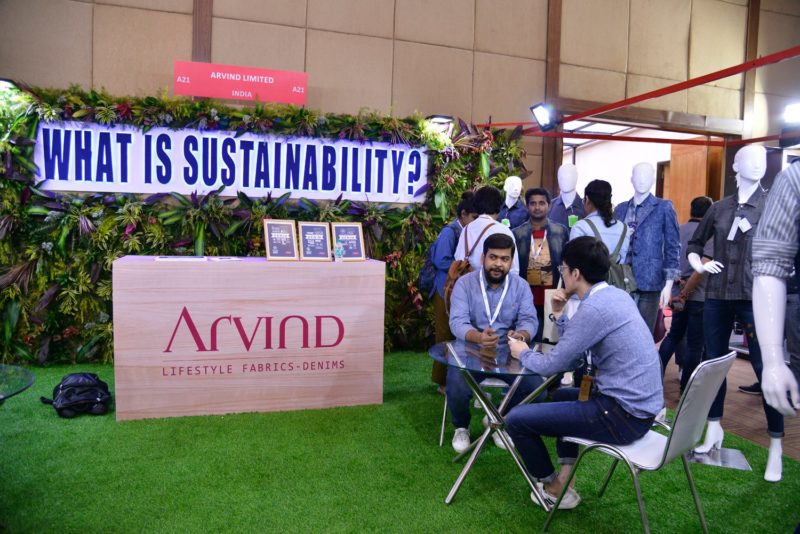
 Arvind is one of the most well known and progressive denim groups globally. Does Arvind also look for leadership position when it comes to sustainability?
Arvind is one of the most well known and progressive denim groups globally. Does Arvind also look for leadership position when it comes to sustainability?